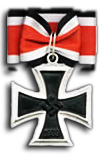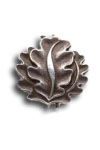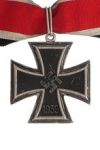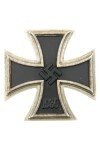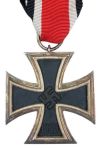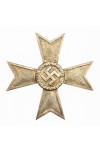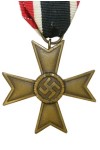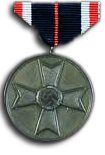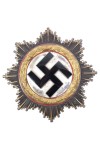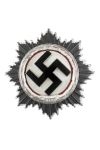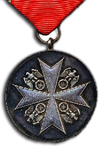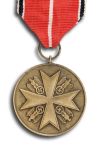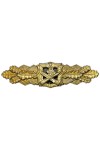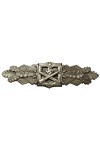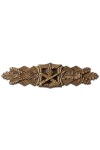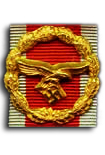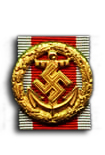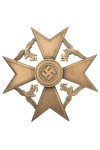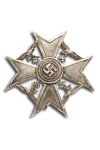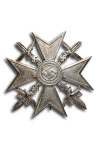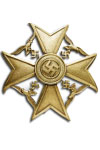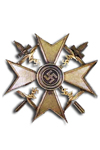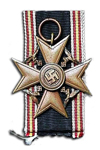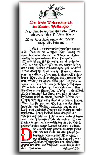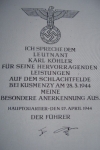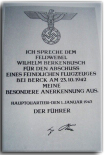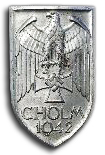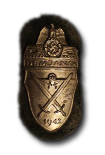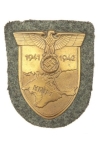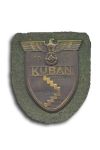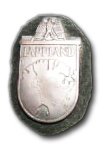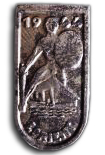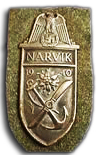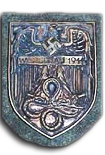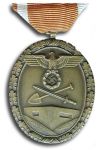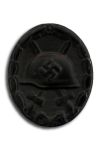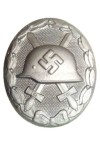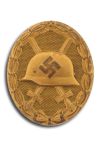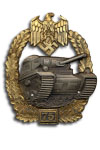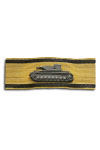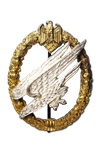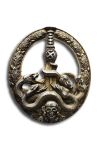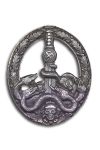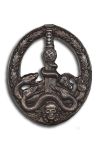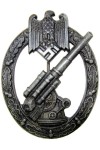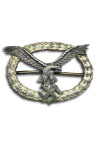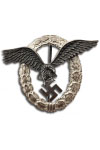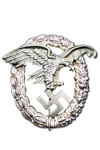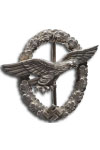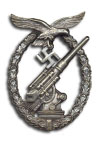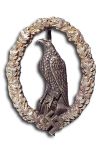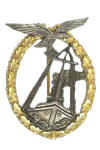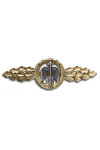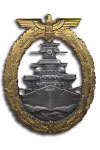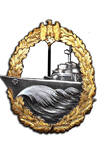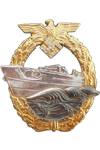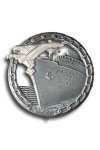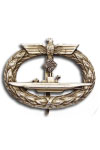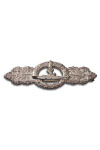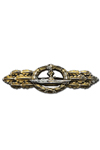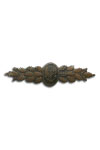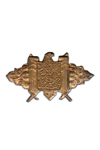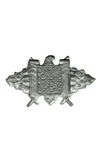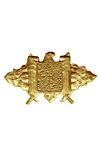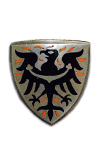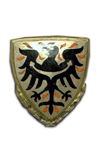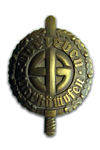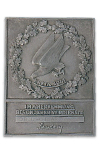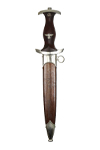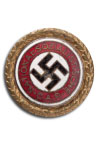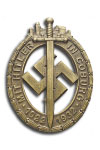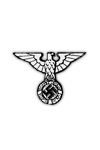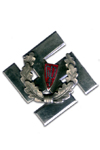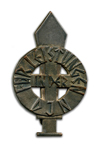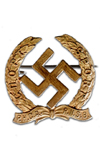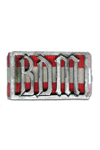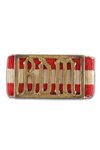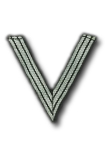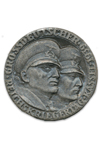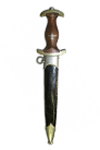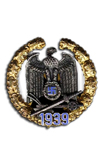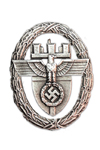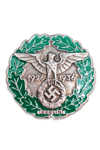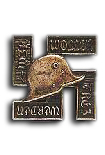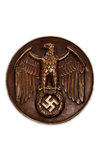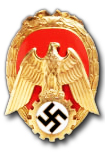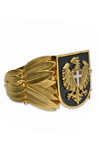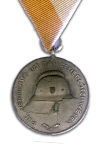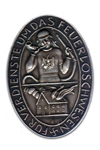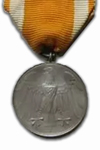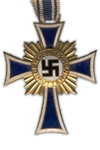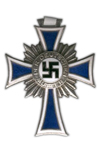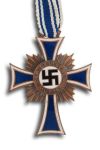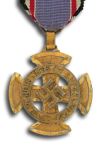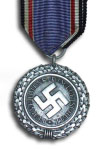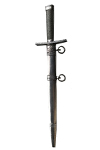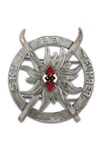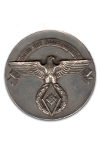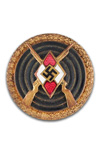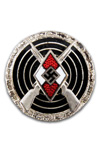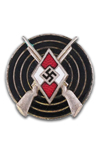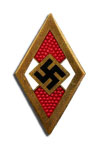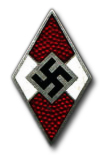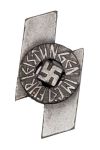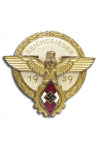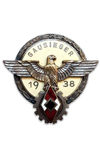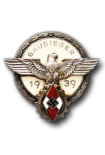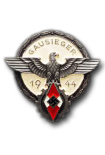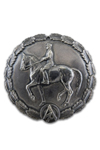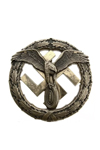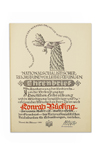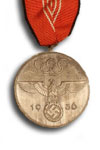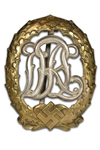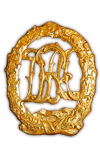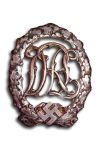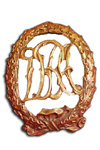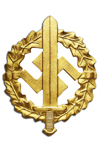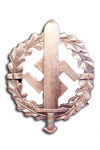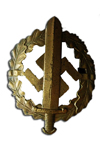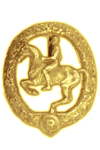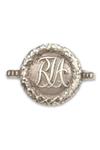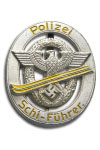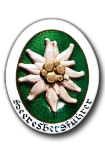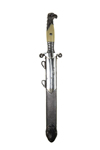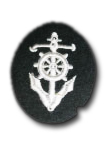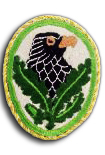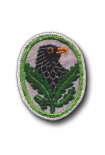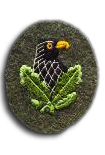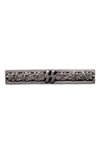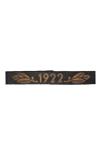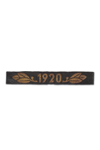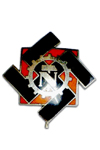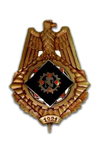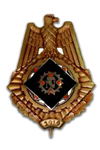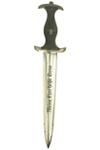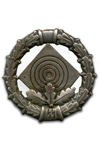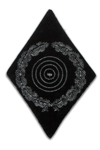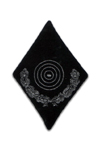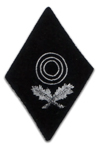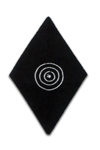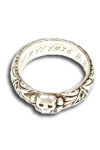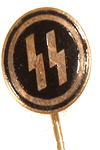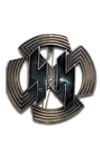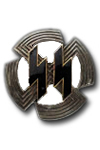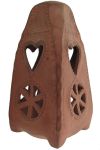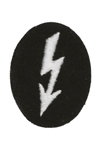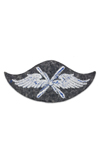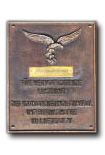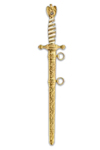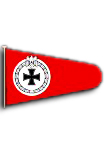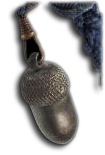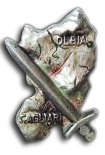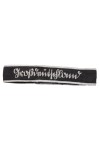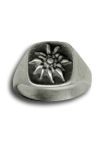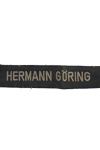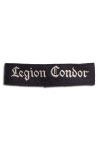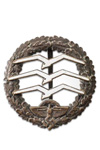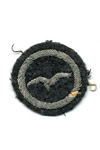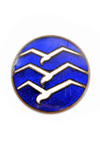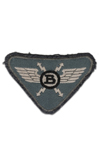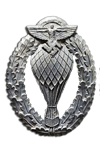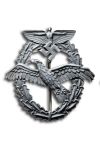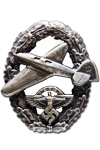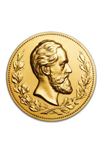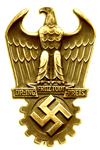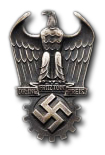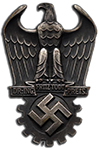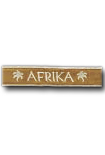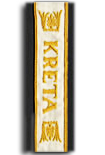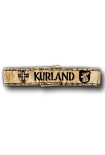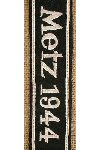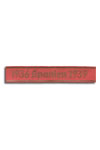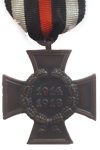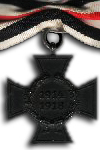Germany (1933-1945, Third Reich)
The "Third Reich" is one of the unofficial names given to Germany as it was during the years 1933 - 1945. Formally the name of Germany from 1871 onward to 1945 was the German Empire (Deutsches Reich).
Germanys role in the Second World War is commonly known. The drive to conquer other nations was already apparent when Hitler took over in 1933. With the invasion of Poland in September 1939, Germany opened the way for a total war. After successes in the West (May and June 1940), North-Africa (1940-1941) and the Soviet Union (1941-1942) the tide turned slowly. The almost endless resources and supplies the Soviets and Americans could put into the War effort, forced the Germans to retreat from the Eastern Front, North-Africa (1942), Italy (1943), France (1944) and finally into Germany (1945) after which the war ended with the unconditional surrender in May 1945.
Germany’s decorations
On this website we state German decorations that were awarded during the reign of Adolf Hitler from 1933 until the total surrender in May 1945, decorations awarded or instituted after May 1945 and have a direct relation to the Second World War and decorations instituted before 1933 that have a direct relation with the NSDAP.
As a nation, Germany is a relative young country. Before 1918 it consisted of a number of smaller nations that were more or less cooperative with one another. At one time there were as many as 300 different states. All of these separate states had their own governmental system that could either be a Kingdom, a Duchy or a Principality. Every separate state had its own system of decorations.
As a result of the fact that in the 18th and 19th century, Germany was in a constant state of war between the separate states and war with neighbouring country’s , the first Orders were only military Orders. Some of the earliest Orders are the 1736 Saxon Military Order of St. Henry and the world famous Prussian Order Pour le Mérite dating from 1740. These Orders were normally divided into three typical classes, Grand Cross, Commander and Knight, based on the military hierarchy of generals, staff officers and officers. The base of this system was laid down in 1693 with the introduction of the French Ordre de Saint Louis. All later dated German Orders knew the same three class rule.
New Orders were introduced at the end of the 18th century. This time they were founded in famous battles that were fought. Some of better known among these were the Austrian Maria-Theresa Order introduced after the Battle at Kolin and also the Austrian Military Honor Medal that was introduced after the War with Turkey in 1789.
In the dawn of the French Revolution, where an effort was made to abolish the feudal titles and privileges, many Orders were made accessible to people from the lower classes.During the time Napoleon ruled over the many German states and after various wars, many smaller nations were abolished, but still some 100 remained. By order of Napoleon in 1806 the Confederation of the Rheinstates (Rheinbund) was formed, making this the first, but forced cooperation. This Rheinbund existed until the defeat of Napoleon in 1813, after which one of the most forceful figures in Germany, Frederic Wilhelm III, in 1813 introduced the Iron Cross, the decoration that would become Germany’s most important military award.
The Peace of Paris led to the international recognition of all still existing German States. At the following Convention of Vienna in 1815, the German Confederation (Deutscher Bund) was formed. At first this Deutsche Bund accounted for 36 participants, but the next two years another two states were included. Most participants were very different. For example there were tiny city-states such as Bremen, but also the Austrian Empire and the Kingdom of Prussia. Oddly enough also country’s like Denmark, the United Kingdom and the Netherlands were a part of the Deutscher Bund. After several years the number of participants got smaller because some members left the union or because some states simply ceased to exist.
In 1867 21 North German States formed the North German Confederation (Norddeutscher Bund). In this were united the Kingdoms Prussia and Saxony, the Grand Duchies of Mecklenburg-Schwerin, Mecklenburg-Strelitz, Oldenburg and Saksen-Weimar-Eisenach, the Duchies Anhalt, Braunschweig, Saksen-Altenburg, Saksen-Coburg-Gotha and Saksen-Meiningen, the Principalities Lippe, Schaumburg-Lippe, Schwarzburg-Rudolstadt, Schwarzburg-Sonderhausen, Reuss, Elder Line, Reuss Younger Line and Waldeck-Pyrmont and the Free and Hanseatic Cities of Bremen, Hamburg and Lübeck. The Kingdom of Prussia by then already had annexed some of her neighbouring states. The Norddeutscher Bund itself was formed after the Prussian victory over Austria in 1866 and the Seven Weeks War that followed after the Prussian victory over Denmark in 1864. Together with the war against France from 1870-1871 these wars can be seen as Wars of Unification. After the victory by the Norddeutscher Bund over France, in 1871 the German Empire was established, the Deutsche Reich and for the first time we can speak of a United State. Although a Federation, it was mainly Prussia that dominated the Deutsche Reich and especially the Imperial. But still a united form of decorating was never introduced. Only after the rise to power by Adolf Hitler. in 1933, this changed.
Straight from taking power, Hitler made all decorations State Decorations only. Most decorations reflected old traditions and were abolished or reformed. Only Hitler had the authority to introduce and authorize all awards. Only in times of war could this could be delegated to officers in the field, but here too Hitler decided which and when and to whom.
Laws were made about designing, producing, distributing and carrying decorations. Breaking these rules could be punished severely.
From 1933 till 1945 a great number of military, civilian and political decorations were produced and awarded in Germany. A real effort was made to include a balance between traditions from the ancient German States and the new political influence from Hitler and the NSDAP when designing the new decorations. Most important criteria in rewarding were the level of achievement rather then the traditional background of the awarded person. This way an ordinary soldier had as much a chance to be rewarded a high award as any officer. Unfortunately this was only the principle; the real world was more like ancient times.
The OKW stoped the treatment of proposals for awarding of missed soldiers (e.g. MIA) or soldiers captured by the enemy (e.g. POWs) from August 2nd, 1944 on and thereby was their awarding barred/blocked.
The reichspresident in office (02.-23.05.1945) and supreme commander of the Wehrmacht (01.-09.05.1945) Admiral of the Fleet Karl Dönitz decreed a general stop of awarding and advancement from May 11th, 1945, 24:00 h, on.
After World War Two the military were forbidden to wear their former decorations that showed the Swastika. By removing the Swastika some military tried to dodge the problem. In an effort to give tribute to the ordinary military of the Second World War German Army, the West-German government brought out a special version of the wartime decorations on July 26th 1957 that did not have the Swastika.
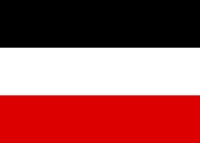
Orders
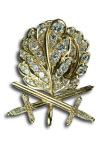
In the database: 1
Issued:1
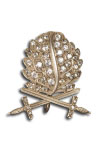
In the database: 27
Issued:27
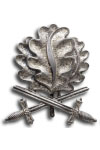
In the database: 159
Issued:160
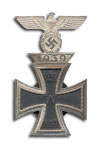
In the database: 1410
Issued:unknown
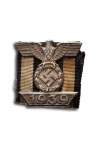
In the database: 1714
Issued:unknown

In the database: 2
Issued:2
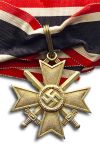
In the database: 0
Issued:unknown
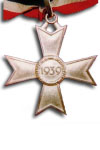
In the database: 54
Issued:52
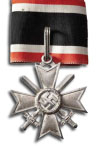
In the database: 259
Issued:258
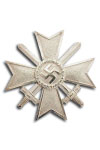
In the database: 1627
Issued:483603
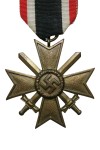
In the database: 1870
Issued:6134950

In the database: 0
Issued:unknown
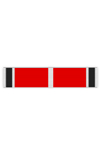
In the database: 6
Issued:unknown
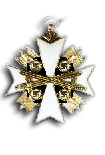
In the database: 16
Issued:unknown
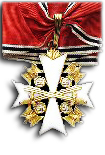
In the database: 16
Issued:unknown
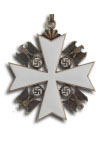
In the database: 14
Issued:unknown
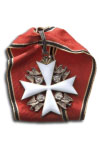
In the database: 5
Issued:unknown
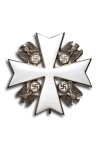
In the database: 1
Issued:unknown
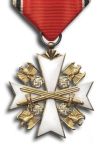
In the database: 6
Issued:unknown
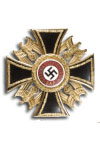
In the database: 12
Issued:12
Medals for Merit and Bravery (Not Orders)
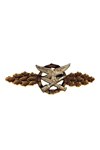
In the database: 2
Issued:2
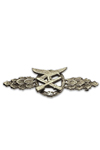
In the database: 6
Issued:unknown
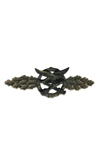
In the database: 8
Issued:unknown
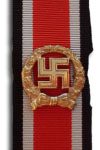
In the database: 4550
Issued:4556

In the database: 30
Issued:29

In the database: 1
Issued:unknown
Campaign and Service Awards
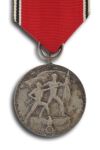
In the database: 574
Issued:318689
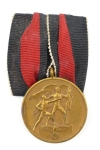
In the database: 1149
Issued:1162617
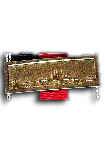
In the database: 448
Issued:134563
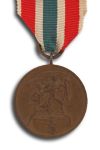
In the database: 126
Issued:31322
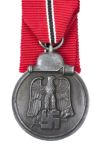
In the database: 4897
Issued:unknown
Long and Faithfull Service Medals
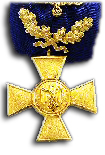
In the database: 8
Issued:unknown
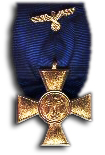
In the database: 614
Issued:unknown
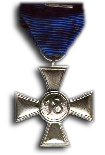
In the database: 763
Issued:unknown
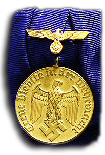
In the database: 979
Issued:unknown
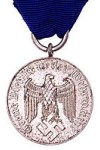
In the database: 1803
Issued:unknown
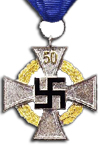
In the database: 1
Issued:unknown

In the database: 0
Issued:unknown
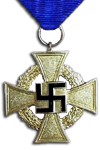
In the database: 7
Issued:unknown
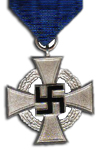
In the database: 22
Issued:unknown
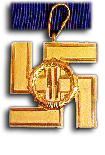
In the database: 4
Issued:unknown
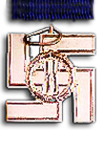
In the database: 36
Issued:unknown
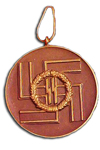
In the database: 105
Issued:unknown
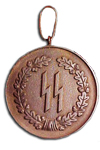
In the database: 153
Issued:unknown

In the database: 0
Issued:unknown
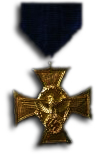
In the database: 18
Issued:unknown
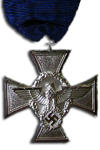
In the database: 20
Issued:unknown
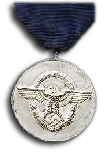
In the database: 19
Issued:unknown
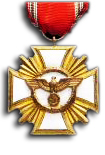
In the database: 24
Issued:unknown
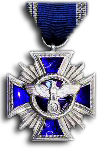
In the database: 118
Issued:unknown
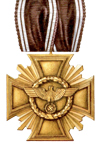
In the database: 195
Issued:unknown
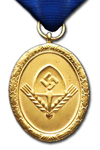
In the database: 1
Issued:unknown
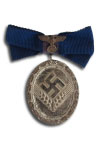
In the database: 0
Issued:unknown
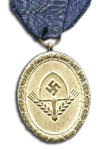
In the database: 0
Issued:unknown
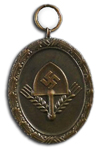
In the database: 14
Issued:unknown
Wounded and Passed-Away Awards
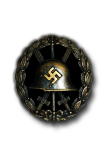
In the database: 4
Issued:unknown
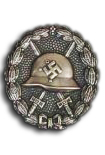
In the database: 1
Issued:1

In the database: 0
Issued:unknown
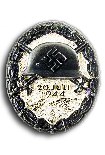
In the database: 15
Issued:unknown
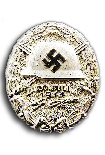
In the database: 6
Issued:unknown
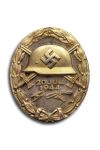
In the database: 7
Issued:unknown
War and Service Decorations Army
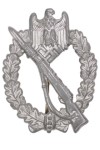
In the database: 1170
Issued:unknown

In the database: 207
Issued:unknown
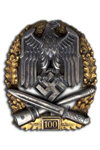
In the database: 1
Issued:unknown
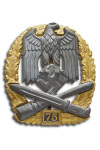
In the database: 3
Issued:unknown
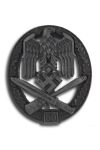
In the database: 7
Issued:unknown
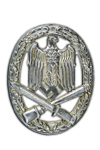
In the database: 1268
Issued:unknown
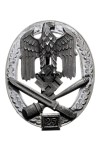
In the database: 29
Issued:unknown

In the database: 12
Issued:415
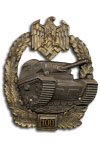
In the database: 11
Issued:unknown
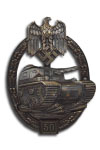
In the database: 62
Issued:unknown
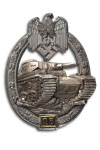
In the database: 113
Issued:unknown
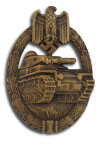
In the database: 1063
Issued:unknown
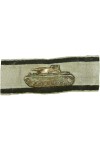
In the database: 600
Issued:18541
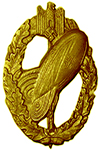
In the database: 0
Issued:unknown
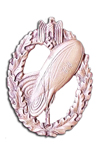
In the database: 0
Issued:unknown
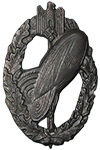
In the database: 1
Issued:unknown
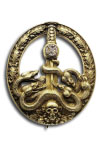
In the database: 0
Issued:unknown
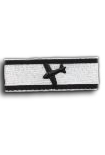
In the database: 1
Issued:unknown
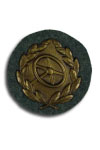
In the database: 10
Issued:unknown
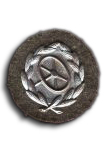
In the database: 15
Issued:unknown
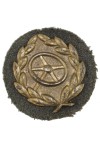
In the database: 38
Issued:unknown
War and Service Decorations Air Force
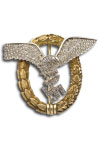
In the database: 87
Issued:84
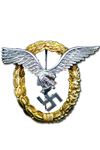
In the database: 78
Issued:unknown
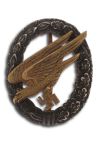
In the database: 214
Issued:unknown
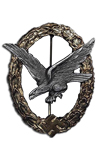
In the database: 277
Issued:unknown
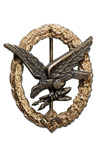
In the database: 362
Issued:unknown
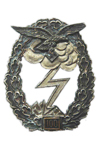
In the database: 0
Issued:unknown

In the database: 0
Issued:unknown

In the database: 0
Issued:unknown

In the database: 1
Issued:unknown
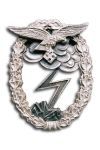
In the database: 123
Issued:unknown

In the database: 0
Issued:unknown

In the database: 0
Issued:unknown

In the database: 0
Issued:unknown

In the database: 1
Issued:unknown
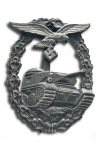
In the database: 6
Issued:unknown

In the database: 1
Issued:unknown
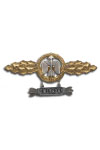
In the database: 39
Issued:unknown
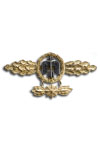
In the database: 49
Issued:unknown
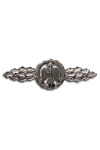
In the database: 144
Issued:unknown
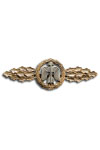
In the database: 177
Issued:unknown
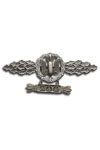
In the database: 73
Issued:unknown
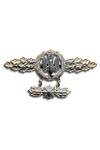
In the database: 173
Issued:unknown
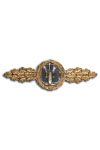
In the database: 616
Issued:unknown
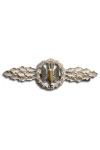
In the database: 500
Issued:unknown
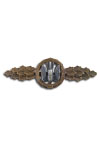
In the database: 676
Issued:unknown
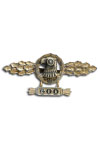
In the database: 38
Issued:unknown
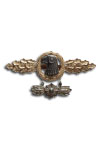
In the database: 84
Issued:unknown
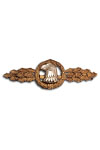
In the database: 270
Issued:unknown
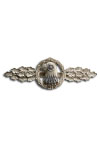
In the database: 248
Issued:unknown
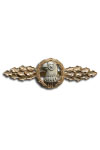
In the database: 328
Issued:unknown
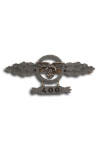
In the database: 12
Issued:unknown
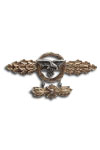
In the database: 12
Issued:unknown
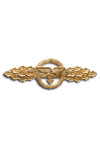
In the database: 76
Issued:unknown
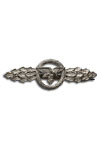
In the database: 59
Issued:unknown
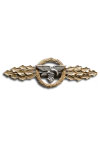
In the database: 64
Issued:unknown
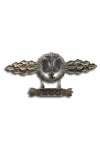
In the database: 10
Issued:unknown
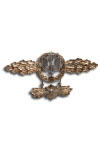
In the database: 4
Issued:unknown
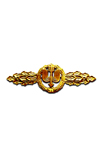
In the database: 25
Issued:unknown
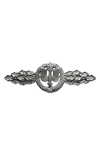
In the database: 15
Issued:unknown
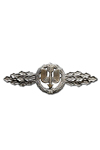
In the database: 22
Issued:unknown
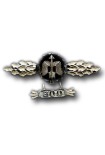
In the database: 2
Issued:unknown
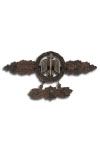
In the database: 4
Issued:unknown
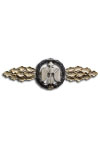
In the database: 27
Issued:unknown
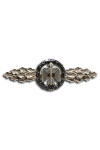
In the database: 18
Issued:unknown
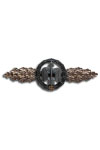
In the database: 24
Issued:unknown

In the database: 1
Issued:unknown
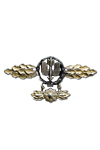
In the database: 6
Issued:unknown
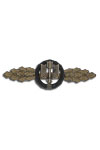
In the database: 6
Issued:unknown
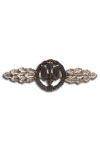
In the database: 8
Issued:unknown
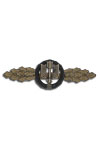
In the database: 10
Issued:unknown
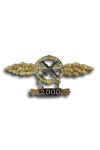
In the database: 1
Issued:1
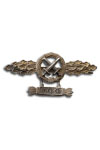
In the database: 30
Issued:unknown
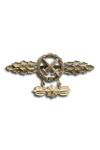
In the database: 26
Issued:unknown
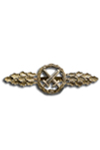
In the database: 84
Issued:unknown
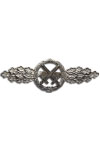
In the database: 57
Issued:unknown
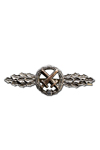
In the database: 106
Issued:unknown
War and Service Decorations Navy
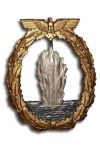
In the database: 193
Issued:unknown
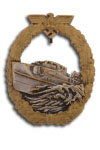
In the database: 58
Issued:unknown
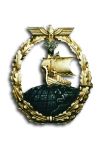
In the database: 1
Issued:1
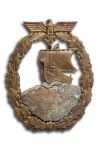
In the database: 17
Issued:unknown
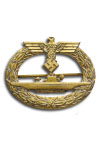
In the database: 548
Issued:unknown
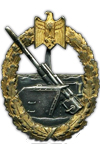
In the database: 24
Issued:unknown
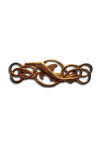
In the database: 0
Issued:unknown

In the database: 1
Issued:unknown
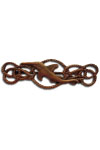
In the database: 0
Issued:unknown
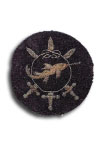
In the database: 0
Issued:unknown
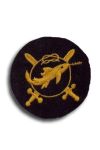
In the database: 10
Issued:unknown
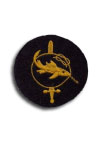
In the database: 0
Issued:unknown
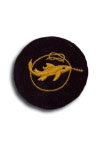
In the database: 8
Issued:unknown
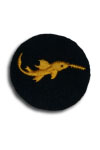
In the database: 1
Issued:unknown
Decorations for Foreign Military
Tapferkeits- und Verdienstauszeichnung für Angehörige der Ostvölker
Medal for Bravery and Merit for Military from the East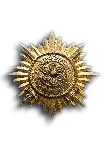
In the database: 2
Issued:unknown
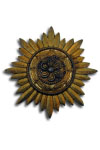
In the database: 1
Issued:unknown
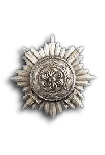
In the database: 17
Issued:unknown
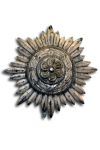
In the database: 2
Issued:unknown
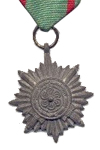
In the database: 0
Issued:unknown
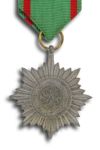
In the database: 0
Issued:unknown
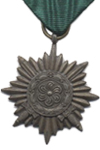
In the database: 20
Issued:unknown
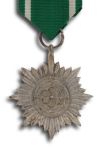
In the database: 8
Issued:unknown
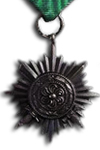
In the database: 4
Issued:unknown
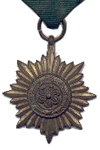
In the database: 0
Issued:unknown
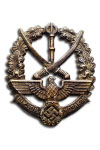
In the database: 0
Issued:unknown
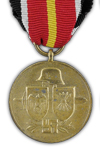
In the database: 1
Issued:unknown
Comemmorative Plaques
Political Awards
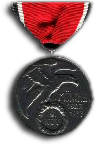
In the database: 117
Issued:3800

In the database: 3
Issued:unknown

In the database: 5
Issued:unknown

In the database: 3
Issued:unknown
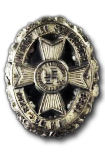
In the database: 1
Issued:unknown
Industrial Awards
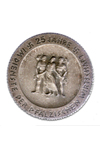
Issued:unknown
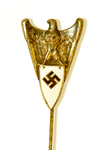
In the database: 0
Issued:unknown
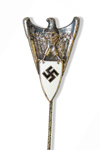
In the database: 0
Issued:unknown
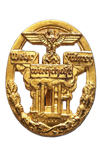
In the database: 4
Issued:unknown
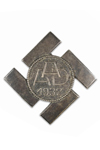
In the database: 1
Issued:unknown
Civilian Decorations

Issued:unknown
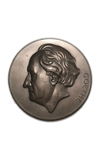
In the database: 3
Issued:unknown

In the database: 0
Issued:unknown
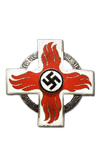
In the database: 0
Issued:unknown
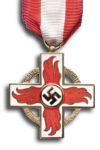
In the database: 2
Issued:unknown

In the database: 11
Issued:unknown

In the database: 15
Issued:unknown

In the database: 52
Issued:unknown
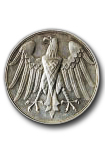
In the database: 0
Issued:unknown

In the database: 1
Issued:unknown

In the database: 1
Issued:unknown
Hitler Youth Awards
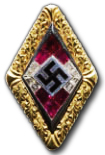
In the database: 1
Issued:1
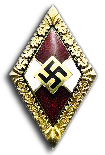
In the database: 51
Issued:250
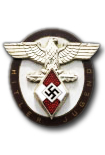
In the database: 0
Issued:unknown
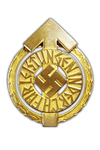
In the database: 4
Issued:unknown
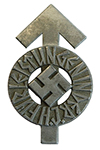
In the database: 8
Issued:unknown
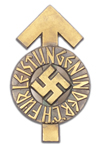
In the database: 11
Issued:unknown
Red Cross
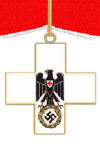
In the database: 5
Issued:unknown
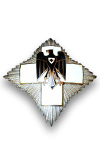
In the database: 11
Issued:unknown
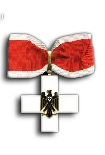
In the database: 20
Issued:unknown
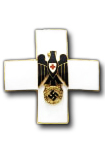
In the database: 11
Issued:unknown
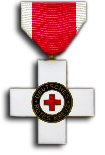
In the database: 2
Issued:unknown
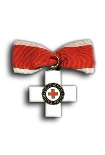
In the database: 9
Issued:unknown
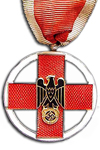
In the database: 0
Issued:unknown
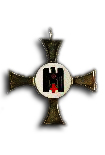
In the database: 5
Issued:unknown

In the database: 1
Issued:unknown

In the database: 2
Issued:unknown
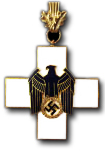
In the database: 3
Issued:unknown
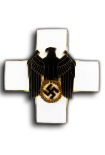
In the database: 4
Issued:unknown
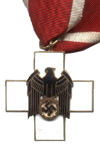
In the database: 4
Issued:unknown
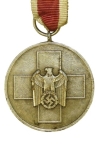
In the database: 3
Issued:unknown
Sports Decorations
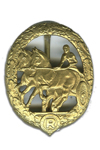
In the database: 1
Issued:unknown
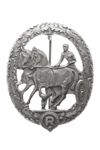
In the database: 1
Issued:unknown
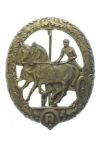
In the database: 3
Issued:unknown
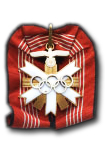
In the database: 37
Issued:767
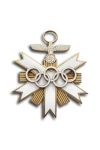
In the database: 39
Issued:3364
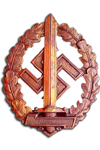
In the database: 0
Issued:unknown

In the database: 41
Issued:unknown
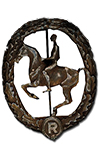
In the database: 74
Issued:unknown
Polizei Awards and Decorations
Other decorations of the Heer

In the database: 1
Issued:unknown
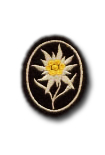
In the database: 7
Issued:unknown
Other SS and Waffen-SS decorations
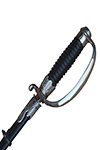
In the database: 372
Issued:unknown
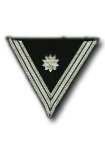
In the database: 0
Issued:unknown
Other Decorations of the Luftwaffe
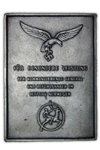
In the database: 2
Issued:8144
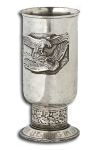
In the database: 10803
Issued:unknown
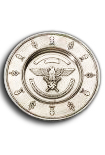
In the database: 103
Issued:unknown

In the database: 11
Issued:unknown
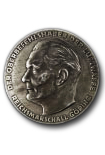
In the database: 0
Issued:unknown

Issued:unknown
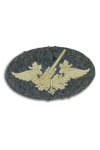
In the database: 5
Issued:unknown

Issued:unknown

In the database: 1
Issued:unknown
Other Decorations of the Kriegsmarine
Capbadges
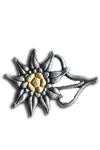
In the database: 5
Issued:unknown
Unit Decorations

In the database: 7
Issued:unknown
DLV / NSFK
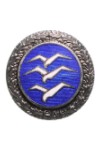
In the database: 3
Issued:unknown

In the database: 0
Issued:unknown
Prizes and Trophies
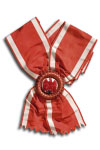
In the database: 9
Issued:9
Commemorative / Jubilee Medals
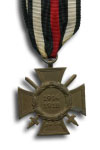
In the database: 1803
Issued:6202883
